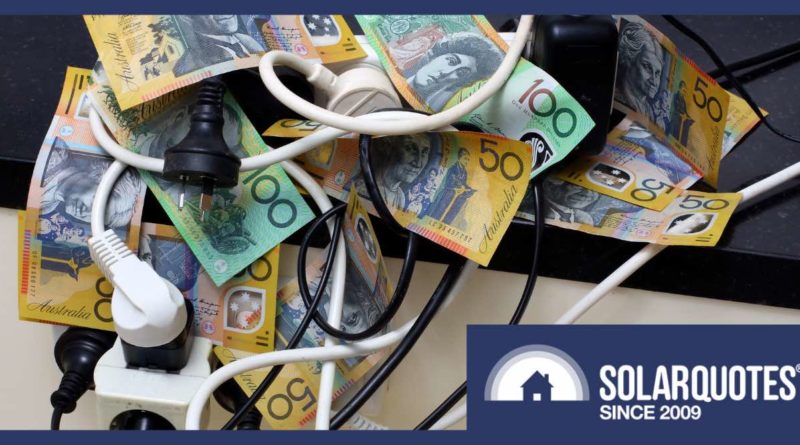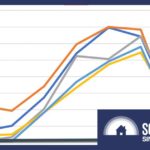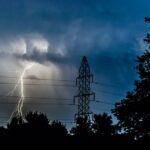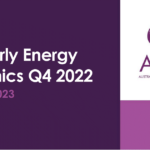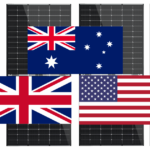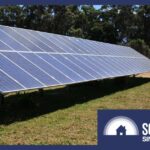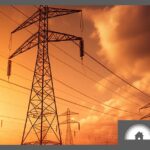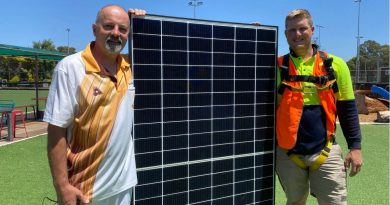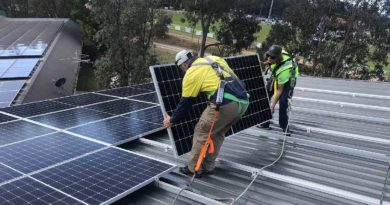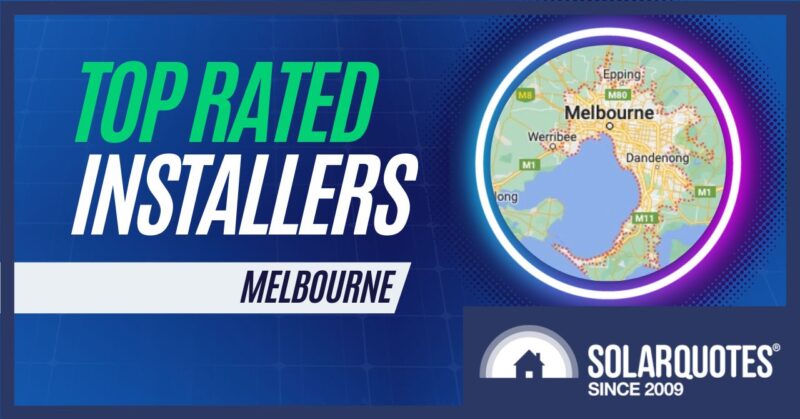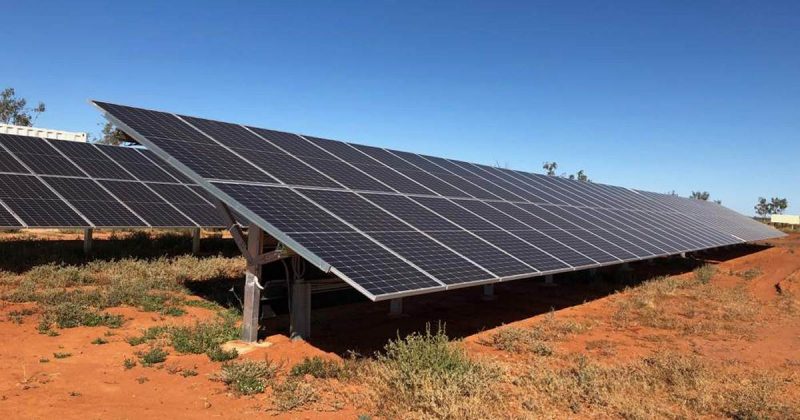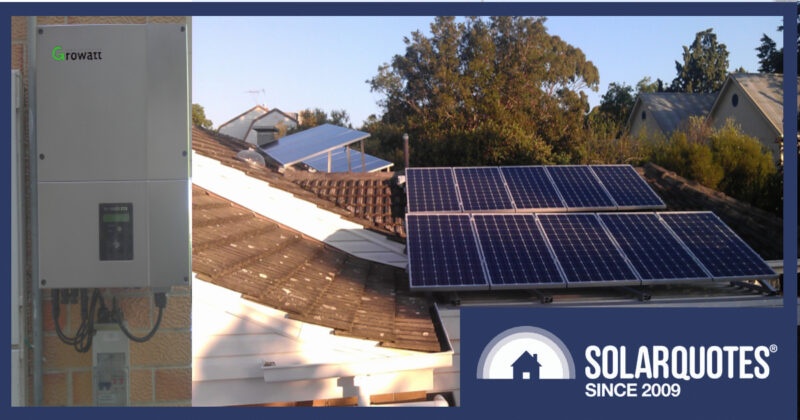Prepare For Even More Electricity Price Hikes
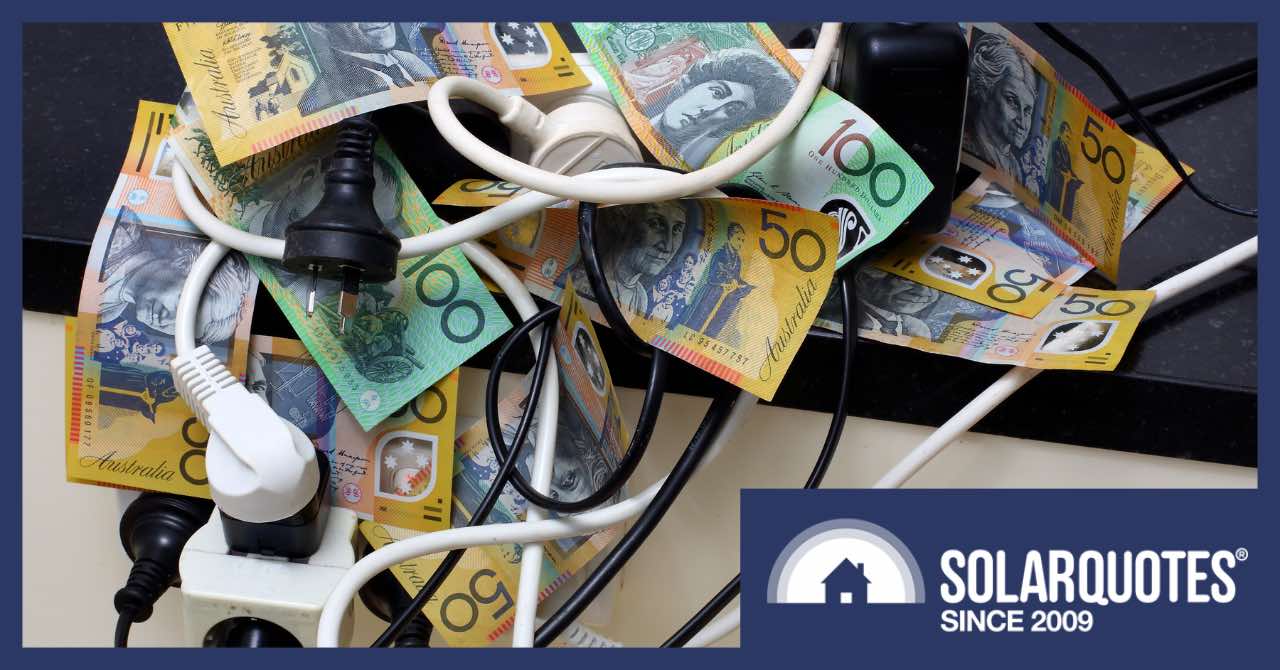
It’s October and Australia’s wholesale electricity price crisis has entered its sixth month. Massive retail electricity price hikes in the eastern states are becoming more likely (from July 2023). These could exceed 10 cents per kilowatt-hour.
This post is a quick update on the current situation, followed by a short whinge.
Here’s a six-point summary to bring you up-to-date on the current crisis:
- Putin decided to put an end to the threat of Russia not invading Ukraine by invading Ukraine on February 20th.
- Because east coast natural gas is sold on the international market, its price soared.
- Even though Australia only generated 8.4% of its electricity from natural gas last financial year, wholesale electricity prices soared because gas is a ‘price setter’ in our electricity market.
- The cost of black coal also increased, but despite supplying 43.8% of Australia’s electricity,1 due to its inflexibility this has had a much smaller effect on wholesale prices than the gas price hike.
- Behind-the-scenes arm twisting pushed down the price of east coast natural gas from extreme levels at the end of July, but they are still well above normal.
- The situation should improve as we head into warmer spring weather and solar energy output increases, but the crisis may not end until after the war in Europe does.
Only Eastern States Affected
The wholesale price crisis only affected the eastern states. One state and two territories unaffected so far:
- Western Australia is doing fine because a portion of its gas production is reserved for domestic use and its low-quality coal isn’t sold overseas.
- NT consumers are protected by long-term gas contracts.
- ACT electricity is 100% renewable, with prices mostly set by long-term contracts and so gets off scot-free.
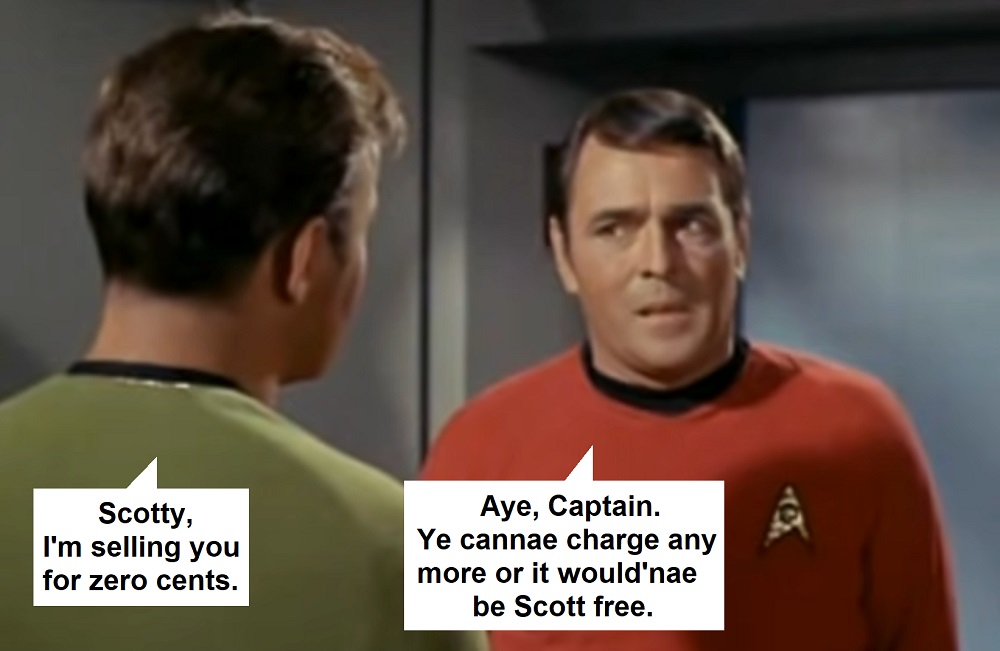
Huge Retail Electricity Price Hikes Likely
Wholesale electricity prices increased in April and blew through the roof in May, June, and July; then fell.
I was hoping for them to drop in September but the decline was minimal. That’s probably due to domestic gas prices at around $20 a gigajoule, roughly twice what they were a year ago.
The numbers suggest we’re on track for a huge increase in retail electricity prices when they are reset in July 2023.
To estimate the — hopefully — maximum increase, I figured out three things:
- The average wholesale market price from May 2021 through April 2022. This is roughly the period that determines today’s retail prices.
- The average wholesale price in August and September 2022.
- The difference between the two. This will be my estimate of how much wholesale electricity market prices will increase over the period used to determine electricity price increase in July 2023.
2021-2022 Wholesale Market Prices
Past wholesale market prices from the start of May 2021 to the end of April 2022 are easy to obtain from the AEMO. For the five eastern states, the average wholesale electricity market prices were:
- NSW: 9.6 cents/kWh
- QLD: 12.8 cents/kWh
- SA: 6.6 cents/kWh
- TAS: 5.2 cents/kWh
- VIC: 6.1 cents/kWh
Projected Wholesale Market Prices
Electricity price increases in July next year will — roughly — be based on the period May 2022 through April 2023. Unfortunately, I don’t know what the wholesale market prices will be in future, so I have simply assumed that from now they will be the average of what they were in August and September. Here is the graph of what wholesale market prices will look like, assuming they follow the trend set over the previous two months:
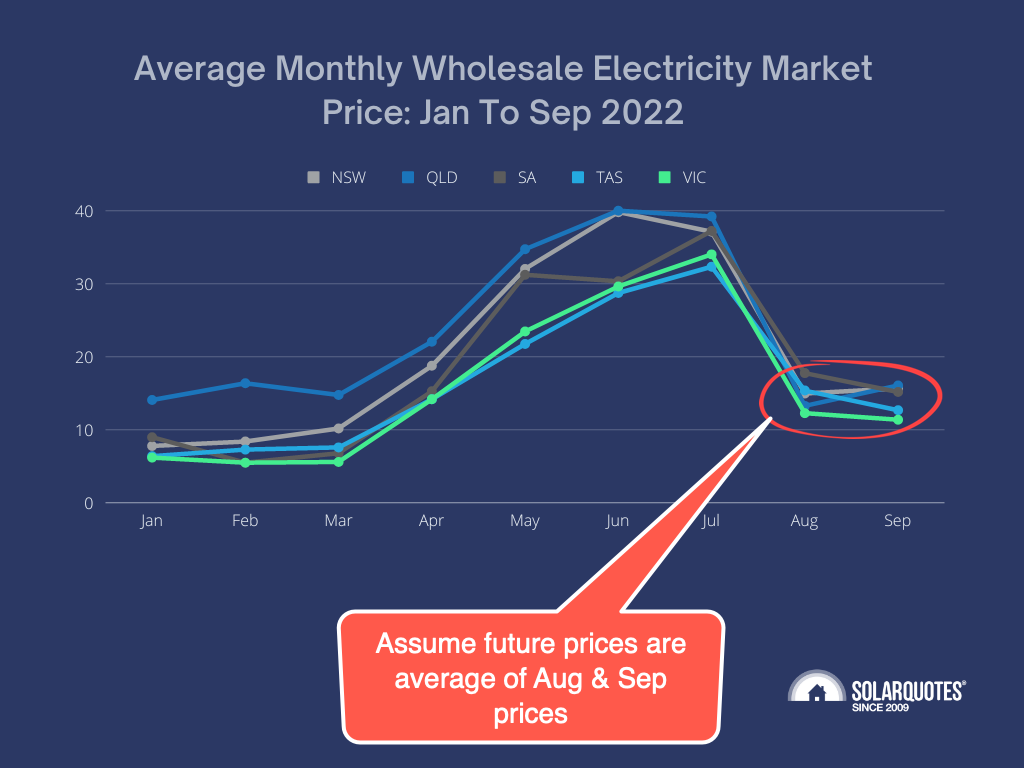
If the August and September trend holds, then the average wholesale market price that determines next year’s retail electricity price will be:
- NSW: 20.6 cents/kWh
- QLD: 20.4 cents/kWh
- SA: 20.4 cents/kWh
- TAS: 17.6 cents/kWh
- VIC: 16 cents/kWh
Wholesale Market Increases
Subtracting 2021-2022 wholesale market prices from my projected future prices gives the wholesale price increases we can expect next year:
- NSW: +11 cents/kWh
- QLD: +7.6 cents/kWh
- SA: +13.8 cents/kWh
- TAS: +12.4 cents/kWh
- VIC: +9.9 cents/kWh
These are the increases that I’m estimating will determine next year’s retail electricity price.
Retail Price Increases Should Be Less
While wholesale market price increases are likely to be extreme, there are two reasons why retail electricity price increases in July shouldn’t be as scary:
- The international situation is showing signs of improving, so the cost of natural gas and coal could fall and lower wholesale electricity prices. But note there is also a chance — very small in my opinion — that things could get much worse.
- Most electricity is not traded on wholesale markets, but through long-term contracts and their prices are kept secret. Energy traders may have done their jobs well and locked in large quantities of electrical energy at below wholesale market prices. If this has happened, electricity price increases won’t be as bad as wholesale market prices suggest. But there is a possibility enough traders screwed up so badly the overall price increase will be higher than what wholesale markets indicate. This is extremely unlikely, but the fact some small electricity retailers have gone bust as a result of the price crisis shows not everyone got it right.
I’m optimistic electricity prices won’t rise as high as current wholesale market prices suggest. But I recommend being ready for an increase of at least 5 cents per kilowatt-hour come July 2023. Now would be a very good time to install solar panels or expand existing capacity.
Home batteries are far from being a guaranteed money saver for typical households, but those who are on the fence may want to jump into the battery ownership yard for the extra security and independence they provide.
Solar Feed-In Tariffs Should Rise
Those with solar power systems will be glad to hear feed-in tariffs should increase in July along with electricity prices. These will be based on daytime wholesale prices rather than the overall increase, so they’re not likely to go up in lockstep with grid electricity prices. But I do expect substantial rises.
Electricity Pricing Should Be More Responsive
As soon as Putin ordered the invasion of Ukraine, Australians should have started to…
- Conserve energy
- Install more solar
- Invest in home insulation and energy-efficient appliances
- Get off gas entirely where possible
- Consider buying batteries
But we’re not going to get the electricity bill price increase that will encourage us to do all these things until July next year. By then the crisis will — hopefully — be long over. Wholesale electricity prices may have plunged by that point and the price hikes will cause households to conserve electricity at a time it’s especially cheap to generate. This is not a good way to run things.
It would have made more sense to have added a Russian invasion premium to electricity prices as soon as it happened. This sort of responsiveness would improve the flexibility and resilience of our economy. But I know of no plans to introduce this kind of forward thinking.
Footnotes
- Last financial year black coal supplied 43.8% of Australia’s on-grid electricity consumption, but super-disgusting brown coal also supplied 14.3%. This means coal’s total contribution was 58.1%, but because brown coal is super-disgusting it can’t be exported. ↩
Original Source: https://www.solarquotes.com.au/blog/more-electricity-price-hikes/

